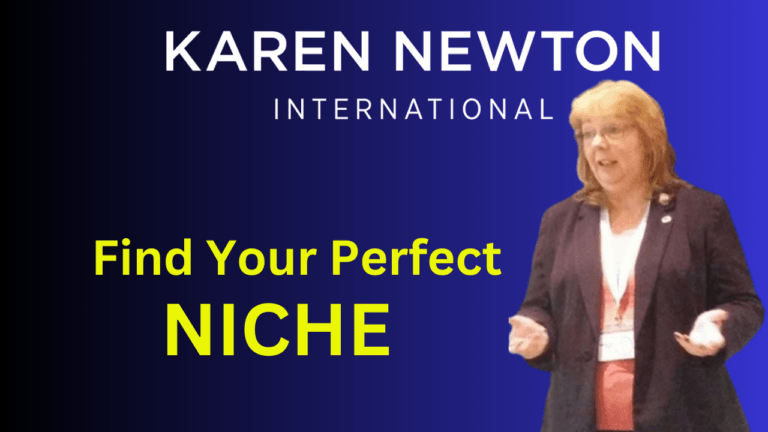Property Options As An Investment Strategy
The traditional route to property investment involves purchasing a property outright, whether through cash or financing, and generating profits through rental income, capital appreciation, or resale. While this approach has proven successful, it often requires significant capital, ongoing management, and exposure to market risks.
To help investors assess potential profits from property purchases, we have created a Property Investment Profit Calculator. This tool enables investors to estimate returns, factoring in costs such as mortgage payments, maintenance, and rental income. If you’re considering traditional property investment, you can access the calculator [here] (insert link to the calculator).
However, purchasing property outright is not the only way to invest in real estate. Property options offer an alternative, flexible strategy that allows investors to control valuable assets with minimal upfront capital and reduced financial risk. This article explores different types of property options, with a particular emphasis on Lease Options and Rent-to-Buy Options.
Table of Contents
- Understanding Property Options
- Focus on Lease Options and Rent-to-Buy Options
- Why Lease Options and Rent-to-Buy Options Work Best
- Final Thoughts
Understanding Property Options
A property option is a contractual agreement that gives an investor the right, but not the obligation, to buy a property at a predetermined price within a specified period. This strategy can be beneficial in various market conditions, as it allows investors to secure control over properties while deferring full ownership until a later date.
Types of Property Options
- Straight Options – A traditional property option where an investor secures the right to purchase a property at an agreed price within a specific timeframe, often paying an option fee to the seller. If the investor decides not to proceed, they forfeit the fee but face no further obligations.
- Lease Options – This involves leasing a property with the right to purchase it at a future date. The investor (or tenant-buyer) pays rent, and part of the rental payment may be credited toward the purchase price.
- Rent-to-Buy Options – Similar to lease options but often structured with fixed purchase terms, where a portion of the rent contributes toward the eventual down payment or purchase price.
- Installment Options – A hybrid of seller financing and property options, where the investor makes installment payments toward ownership while maintaining an option to purchase at a later stage.
- Sandwich Lease Options – An investor secures a lease option from a property owner and then sublets the property to another tenant under a separate lease option agreement, profiting from the difference in payments.
- Rent-to-Rent Options – In this strategy, an investor rents a property from a landlord at a fixed rate and sublets it to tenants at a higher rate, keeping the difference as profit. This approach is commonly used in serviced accommodation and HMO (house in multiple occupation) strategies.
Focus on Lease Options and Rent-to-Buy Options
Lease Options – Control Without Ownership
A lease option allows an investor to lease a property while securing the right to buy it later. This strategy provides multiple advantages:
- Low Initial Investment: Investors typically pay an option fee and begin leasing the property without a large upfront capital outlay.
- Cash Flow Potential: If structured correctly, an investor can sublet the property at a higher rental rate than their lease agreement, generating positive cash flow.
- Market Appreciation: The agreed-upon purchase price remains fixed, allowing investors to benefit from property value appreciation over time.
- Flexibility: If the market declines or the investment doesn’t perform as expected, the investor can choose not to exercise the purchase option.
Example Use Case:
An investor negotiates a 5-year lease option on a property at today’s market value but plans to purchase it in five years. During this period, they lease it to tenants at a higher rate, profiting from both rental income and potential appreciation.
Rent-to-Buy Options – A Win-Win for Buyers and Investors
The rent-to-buy strategy is particularly effective in markets where financing is difficult to obtain. This approach benefits both the investor and the tenant-buyer:
- Steady Income Stream: The tenant commits to renting with the intent to purchase, providing stable cash flow for the investor.
- Built-in Buyer: The tenant’s payments often include contributions toward their eventual purchase, increasing their commitment to the property.
- Higher Rent Premiums: Rent-to-buy agreements often allow investors to charge a premium compared to standard rental agreements.
- Reduced Vacancy Risk: Tenants who intend to buy are less likely to default or vacate unexpectedly.
Example Use Case:
An investor offers a property on a rent-to-buy basis to a tenant who needs time to improve their credit score. Over three years, the tenant pays an agreed-upon monthly rent, with a portion allocated toward their future down payment. At the end of the term, they secure financing to purchase the home.
Why Lease Options and Rent-to-Buy Options Work Best
Both strategies align well with modern investment goals, allowing investors to generate income with minimal risk while providing tenants with accessible homeownership opportunities. Lease options give investors greater control without the burden of immediate ownership, whereas rent-to-buy models create a structured pathway for tenants to transition into homeownership, ensuring long-term profitability and stability.
Final Thoughts
Property options present a dynamic way to invest in real estate without the traditional barriers of ownership. Among the various strategies available, lease options and rent-to-buy options stand out as particularly effective, offering flexibility, income potential, and long-term wealth-building opportunities. Whether you are an experienced investor or just starting, these strategies can be a game-changer in building a successful property portfolio.

Karen Newton is a Business and Wealth Strategist, 3x International Bestselling Author, and founder of Karen Newton International. She combines practical experience with AI-Powered Entrepreneurship to help smart entrepreneurs build online income, invest strategically, and create long-term wealth through business growth, investments and joint ventures.







